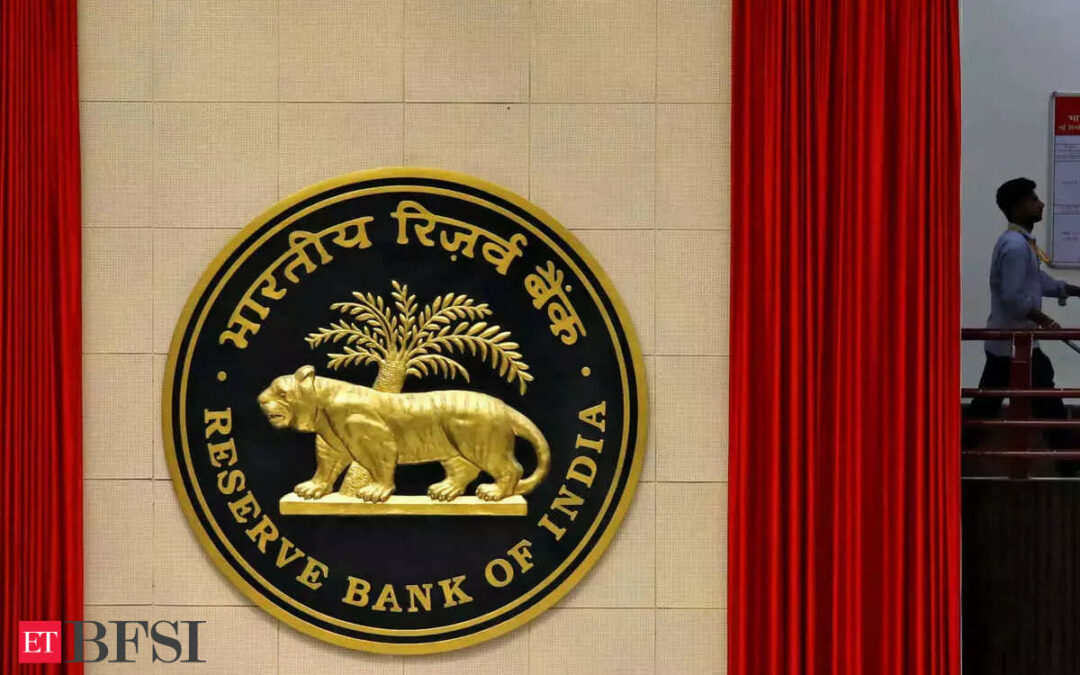The Reserve Bank of India (RBI) reiterated its warning to banks on the elevated credit-deposit ratio, asking lenders to review their business plans to balance their assets and liabilities more evenly. However, the central bank stopped short of prescribing an ideal credit-deposit ratio, leaving it to lenders to find their own sustainable levels.
Credit-deposit ratio (CD ratio), a metric that captures how much loan is given for every rupee of deposits, is currently at around 80% and near a decadal high, reflecting the fact that the deposit growth in the banking sector has not kept pace with credit growth.
RBI deputy governor Swaminathan J, who is in charge of the supervision department at the central bank, said it does not have an ideal CD ratio that can be prescribed across the banking system. He expects banks to recalibrate their business plans depending on the emerging circumstances.
“The risks that can probably come is in case if this gap widens further could be a liquidity risk or there can be a rollover or repricing risk as far as their deposits are concerned, so that’s the reason that we would like to flag it to their attention. It’s not our intention to prescribe a particular ratio and guide them towards that. We would like them to re-strategise their business in case the ratio on which they are pursuing their business is not sustainable over the long term,” Swaminathan said.
To be sure, the CD ratio of commercial banks has fallen slightly from 80.27% in March to 79.79% in the fortnight ended May 17, according to the latest RBI data. But at the system level, credit growth continues to significantly outpace deposit growing 19.5% year-on-year compared to the 13.3% growth seen in deposits, indicating that the CD ratio may continue to be high.
Separately, governor Shaktikanta Das said the RBI’s moves to curb excessive growth in unsecured retail loans and over-reliance of NBFCs on bank funding, have borne some fruit. But the central bank is also monitoring data to ensure that risk limits and exposures for each line of business are kept well within their respective risk appetite framework.
“The persisting gap between credit and deposit growth rates warrants a rethink by the Boards of banks to re-strategise their business plans. A prudent balance between assets and liabilities has to be maintained,” Das said.










